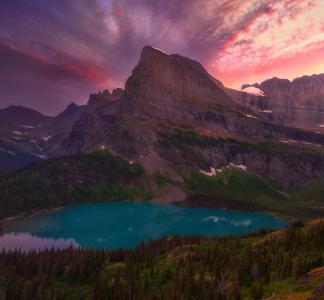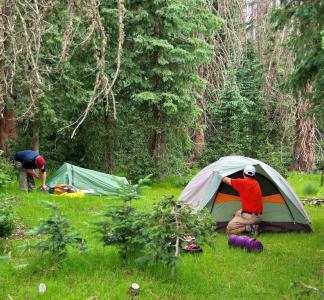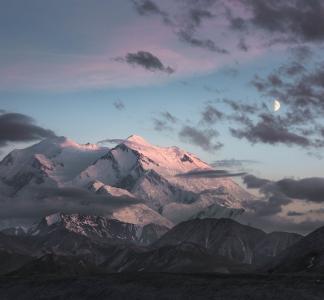Huge win: Wilderness set to be protected, LWCF renewed in sweeping lands bill
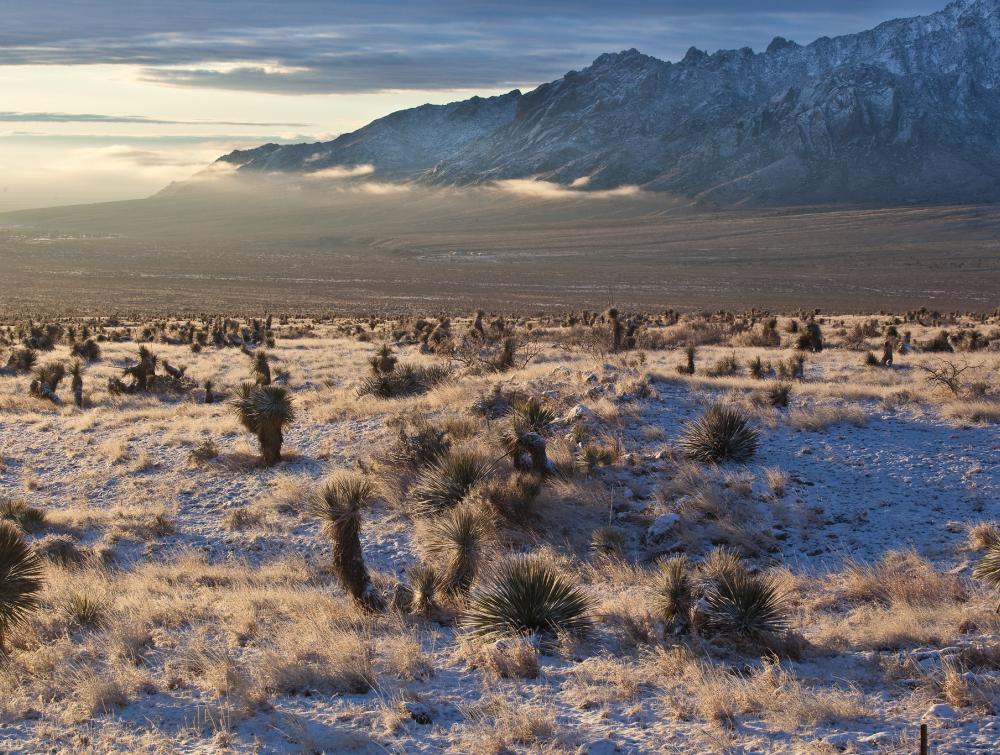
Organ Mountains-Desert Peaks National Monument, New Mexico
Bob Wick (BLM), Flickr
2.3 million acres of public lands and waters would be protected under proposal
Congress is moving toward protecting a total of 2.3 million acres of vulnerable land--including 1.3 million acres of wilderness--and reauthorizing the Land and Water Conservation Fund (LWCF), a crucial lands protection program that lawmakers allowed to expire in September 2018. The Senate just passed a bill to that end, and the House is expected to follow suit in the coming days.
Today marks an overdue but critical victory for America’s most important conservation funding program and for protecting our wild lands, from Utah’s red rock canyons to the heart of Washington’s North Cascades - Jamie Williams, president of The Wilderness Society
Renewing LWCF and adding 1.3 million acres of new wilderness is huge accomplishment for conservation and a sign we may be entering a new and promising era for public lands and the communities that depend on them.
“It’s encouraging to see the new Congress immediately moving bipartisan legislation that conserves our land and water for the good of all Americans and future generations,” said Jamie Williams, the president of The Wilderness Society, in a statement. “Today marks an overdue but critical victory for America’s most important conservation funding program and for protecting our wild lands, from Utah’s red rock canyons to the heart of Washington’s North Cascades.“
The Land and Water Conservation Fund (LWCF) has been used to protect iconic landscapes in all 50 states and for more than 41,000 state and local projects. At no cost to taxpayers, it has been used to fund everything from access to your favorite trail or climbing area, to protecting critical parts of our national parks from development, to investing in local soccer fields and swimming pools.
The legislative package will also:
- Renew Every Kid in a Park, a program that provides fourth grade students and their families free admission to all national parks and other federal lands, for seven years. As recently as mid-2018, the Trump administration had left Every Kid in a Park in limbo, but public outcry helped bring it back.
- Approve the 21st Century Conservation Service Corps Act, which would give more work opportunities to young adults and veteransin maintaining trails and other public lands sites needing maintenance.
Wilderness and other lands set to gain new protection
As part of the same set of bills, Congress is also set to protect 2.3 million acres of land as wilderness or under other classifications, including new status for iconic landscapes like the California Desert, Washington’s Methow Valley and New Mexico’s Organ Mountains-Desert Peaks.
Among the land protections that will be added under the bill:
Emery County (Utah)
This part of the bill would protect 14 wilderness areas in east-central Utah: the Candland Mountain, Cold Wash, Crack Canyon, Desolation Canyon, Devil’s Canyon, Eagle Canyon, Horseshoe Canyon (North), Mexican Mountain, Muddy Creek, Nelson Mountain, Red’s Canyon, San Rafael Reef, Sid’s Mountain and Turtle Canyon wilderness areas. These lands include habitat for bighorn sheep and other wildlife; stunning canyons, rock formations and other geological wonders; and prized hiking trails.
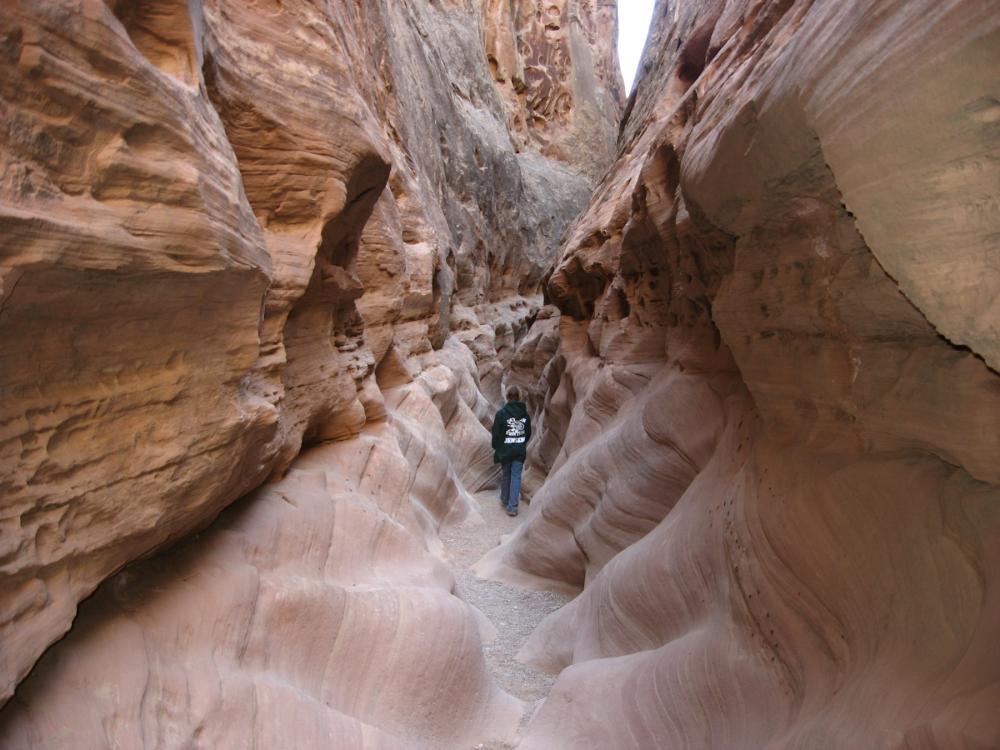
Proposed Crack Canyon Wilderness, Utah
Jeff Moser, Flickr
Oregon Wildlands Act
The new proposal would designate the Devil’s Staircase Wilderness, a coastal rainforest refuge, as well as expanding the Wild Rogue Wilderness. It would also create the Molalla River Recreation Area and Rogue River National Recreation Area and designate 256 miles of wild and scenic rivers in Oregon.
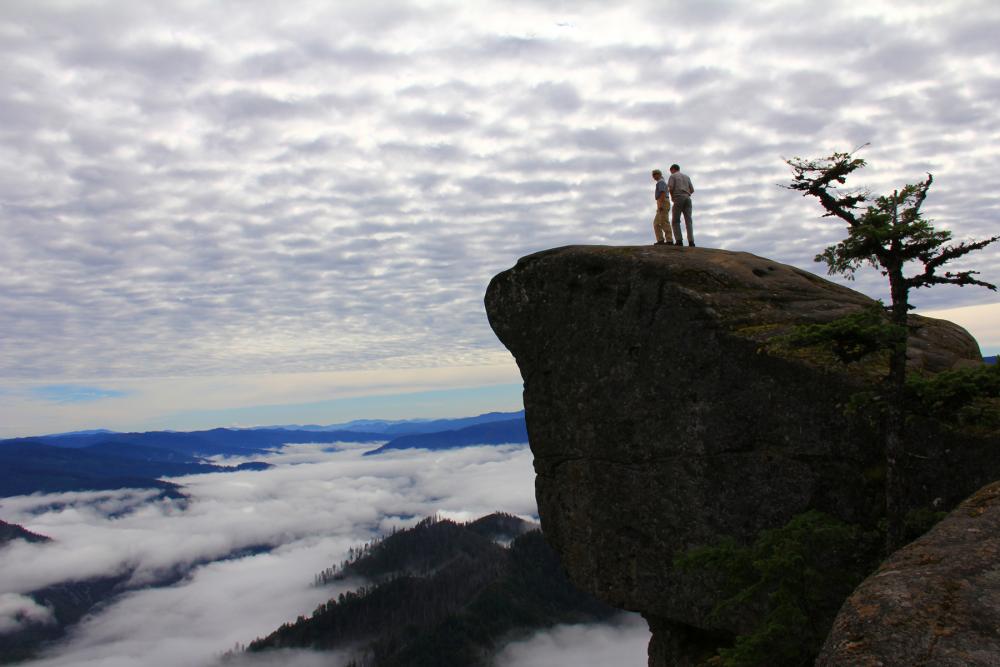
Hikers on a rocky ledge in Wild Rogue Wilderness, Oregon
Jacob Holden, BLM
Organ Mountains (New Mexico)
Eight new wilderness areas, totaling roughly 240,000 acres,would be designated within the Organ Mountains-Desert Peaks National Monument. Areas that would be protected under the new legislation include cinder cone mountains, lava flows, ancient archaeological sites and the fossilized footprints of pre-dinosaur life. The Organ Mountains-Desert Peaks National Monument contains hundreds of bird species and dozens of mammal species, including golden eagles, mule deer, javelina, cougar, ring-tail cat and quail.
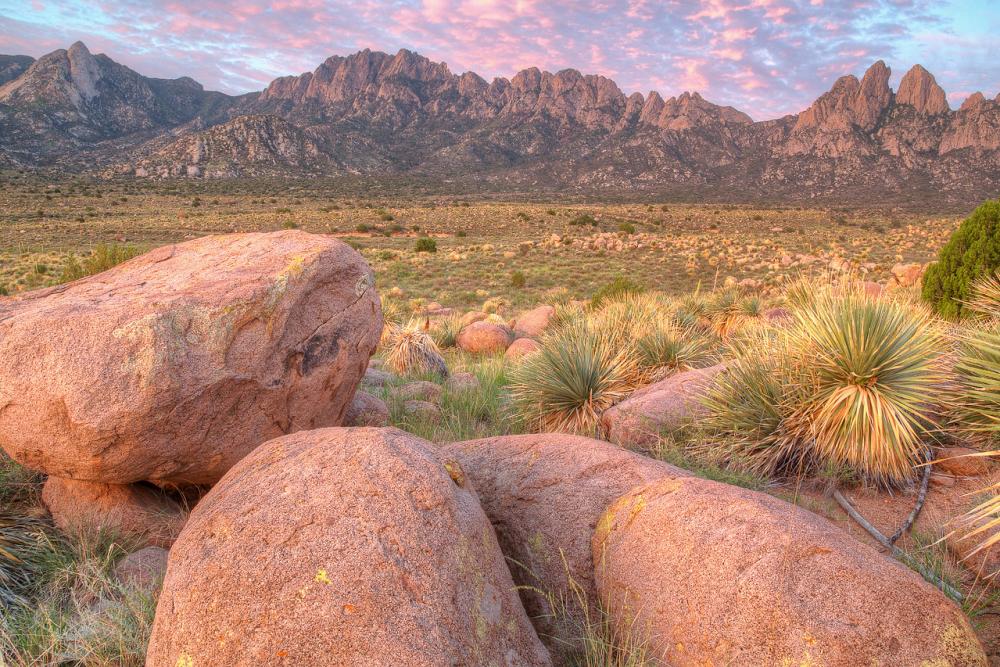
Organ Mountains-Desert Peaks National Monument, New Mexico
Bob Wick (BLM), Flickr
Cerros del Norte (New Mexico)
Two new wilderness areas would be established--the Cerro del Yuta and Rio San Antonio wilderness areas--totaling about 21,000 acres within the Río Grande del Norte National Monument in New Mexico. These areas would help preserve one of the world’s great avian migratory routes andsafeguard beloved outdoor recreation spots on the Rio Grande.
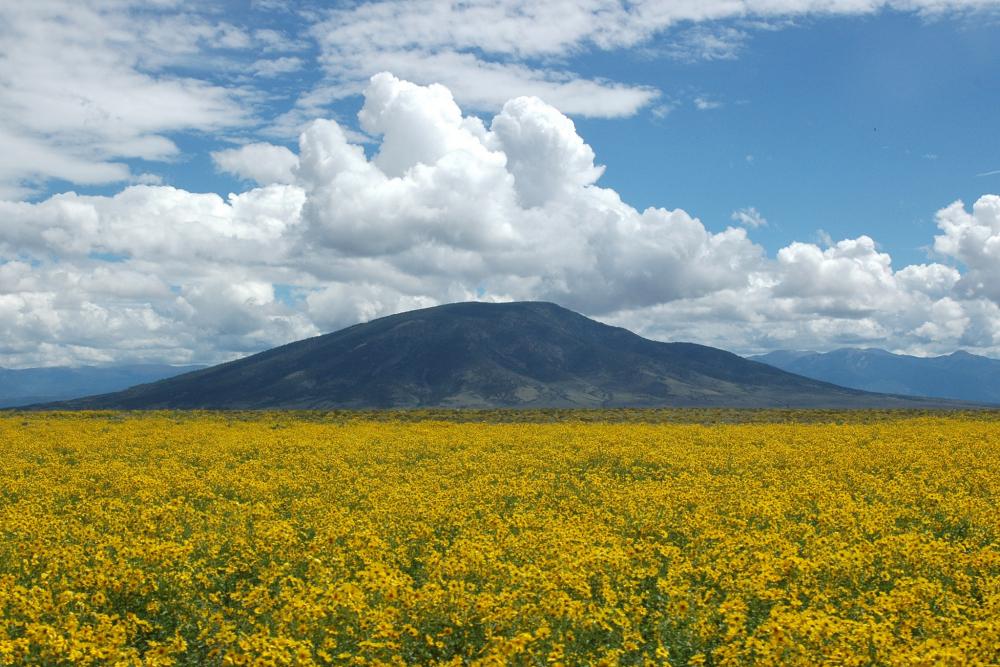
Rio Grande del Norte National Monument, New Mexico
Bob Wick (BLM), Flickr
Ah-shi-sle-pah Wilderness (New Mexico)
Wilderness protection would be given to the Ah-shi-sle-pah Wilderness Study Area, a northwestern New Mexico landscape known for its otherworldly sandstone hoodoos and other formations. Ah-shi-sle-pah is also an abundant source of fossils.
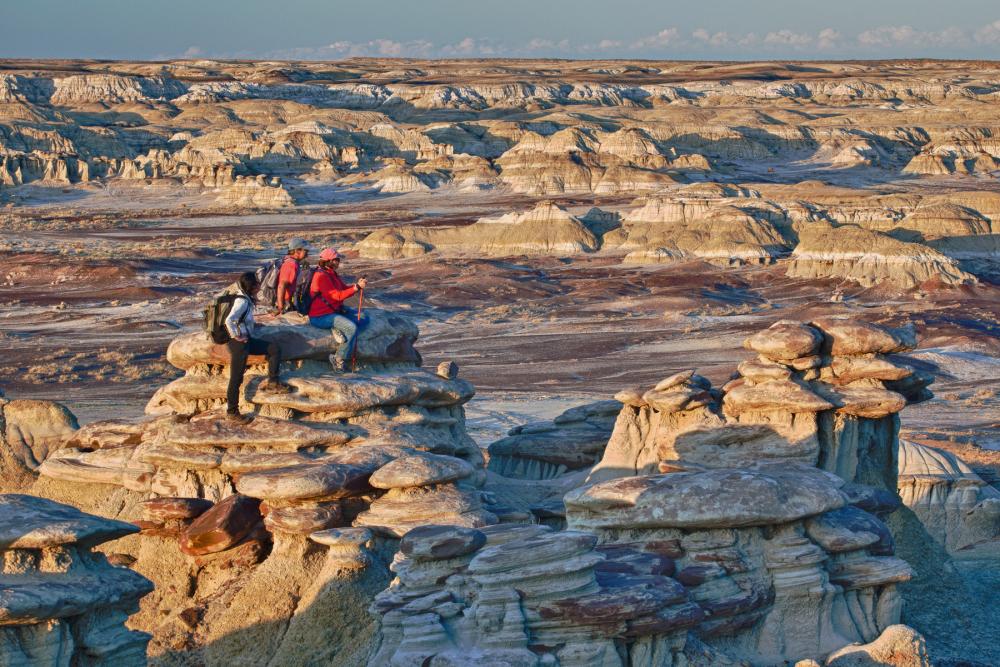
Ah-shi-sle-pah Wilderness Study Area, New Mexico
Bob Wick, BLM
Bisti/De-Na-Zin Wilderness (New Mexico)
The Bisti/De-Na-Zin Wilderness would be expanded. Bisti/De-Na-Zin is famed for an army of hoodoos (thin pillars formed within sedimentary or volcanic rock formations) that underscore the sense of stark (and visually stunning) isolation here.
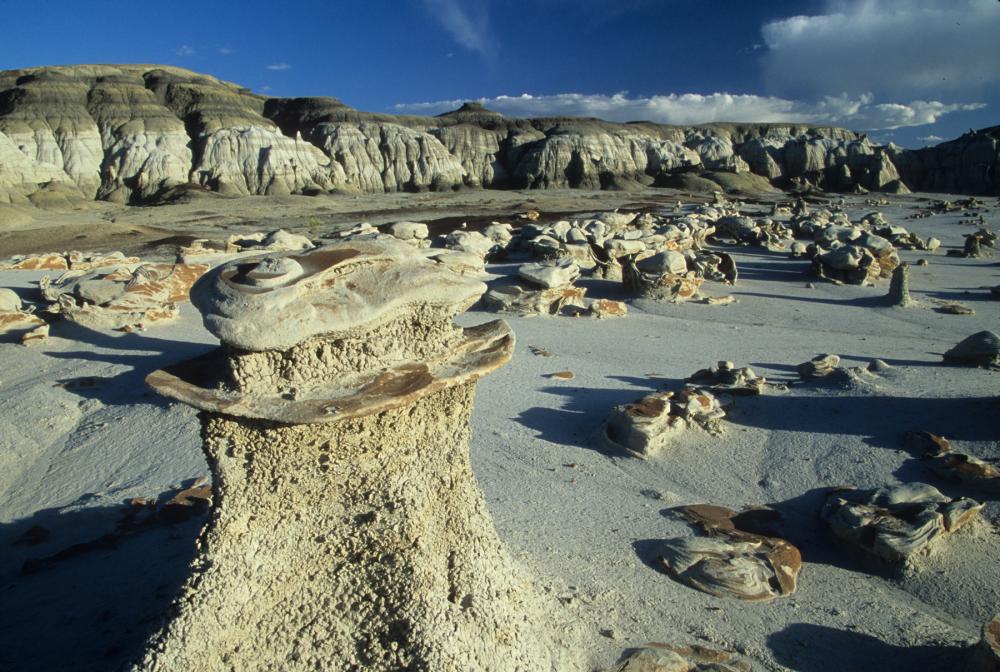
Bisti/De-Na-Zin Wilderness, New Mexico
BLM, Flickr
California Desert Protection and Recreation Act
In all, more than 400,000 acres of public lands in the California desert would be protected, largely as national parks and wilderness areas. This would include the new Avawatz Mountain, Great Falls Basin and Soda Mountains wilderness areas; additions to the existing Golden Valley, Kingston Range and Death Valley National Park wilderness areas; 40,000 acres in expanded protections for Joshua Tree and Death Valley national parks; 77 miles of wild and scenic rivers; and designation of the Alabama Hills National Scenic Area.
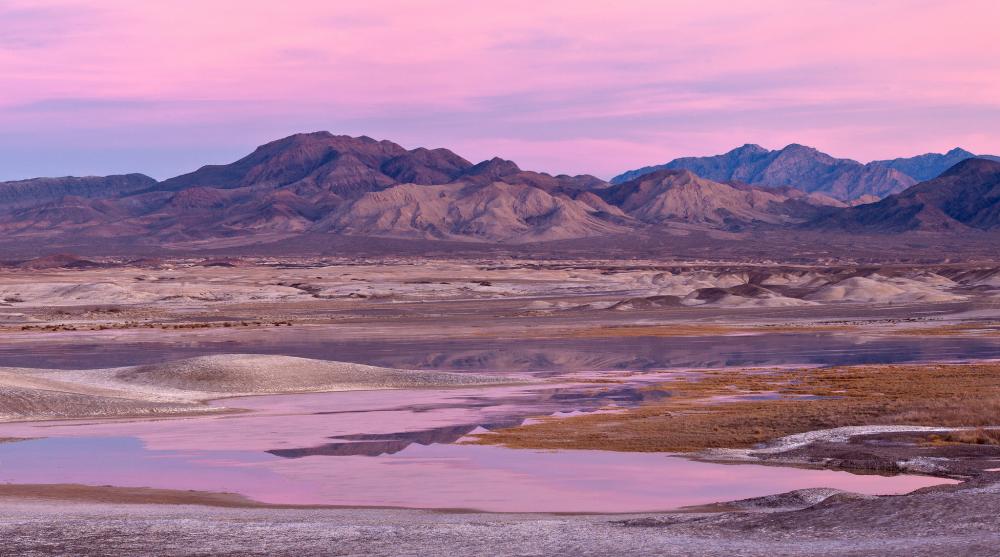
Additional wild and scenic river protections have been proposed for the Amargosa River in the California desert
Bob Wick, BLM
Methow Valley (Washington)
The bill would make Washington’s Methow Valley, the scenic eastern gateway to Northern Cascades National Park, permanently off-limits to industrial-scale mining and exploration, protecting wildlife habitat, scenic landscapes and the livelihood of local ranching families and small businesses reliant on tourism.
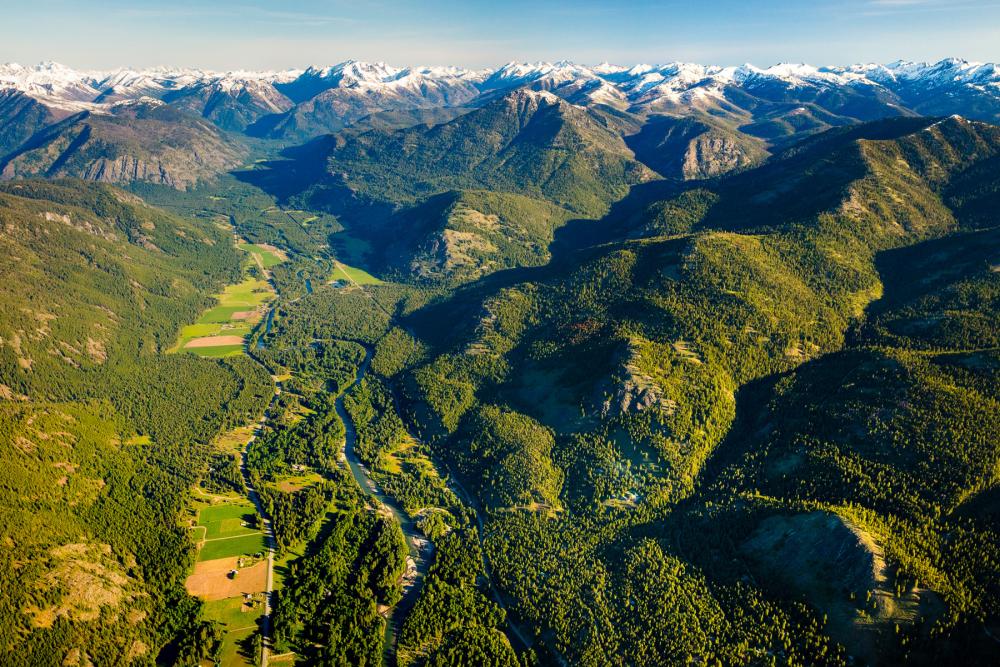
Methow Valley, Washington
Benjamin Drummond, Lighthawk
Yellowstone Gateway Protection Act (Montana)
Lands just to the north of Yellowstone National Park, in the Custer Gallatin National Forest, would be protected from the threat of large-scale gold mining. Two companies are attempting to launch gold mining projects in the area and this provision addresses the threat that such development might spread from private to public land.
Mountains to Sound Greenway National Heritage Area Act (Washington)
This proposal would establish the 1.5-million-acre Mountains to Sound Greenway National Heritage Area, stretching from the city of Seattle across the crest of the Cascades to the eastern edge of Kittitas County, in the heart of central Washington. The Heritage Area will encompass the Alpine Lakes Wilderness, the most-visited wilderness area in the country.
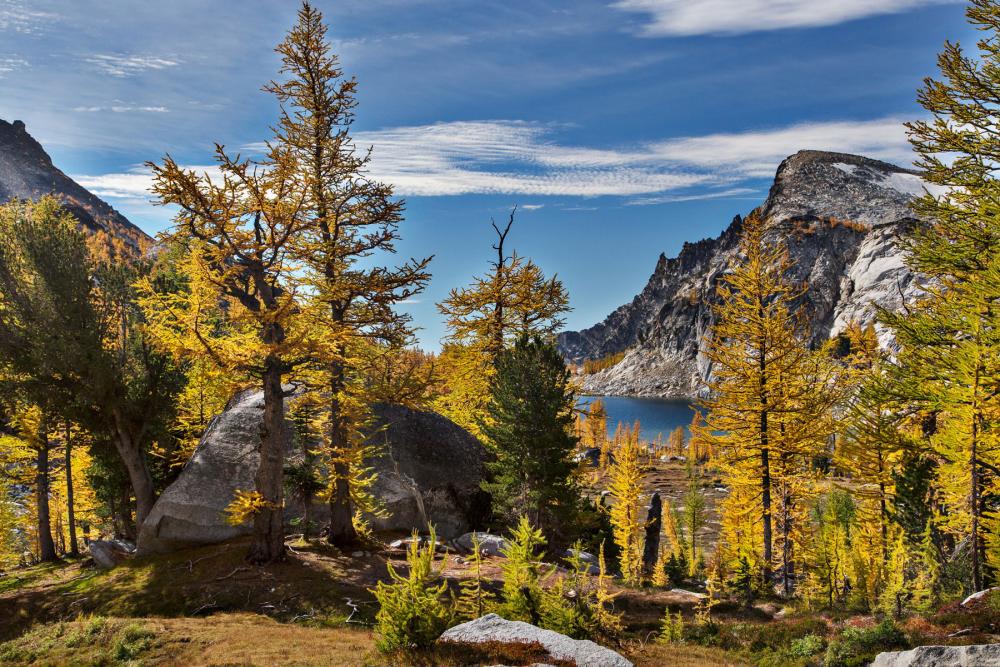
Alpine Lakes Wilderness, Washington
Andy Porter
